Day of the Dead
Description
Contents
- 1 Background Overview of Mexico’s Day of the Dead
- 2 The cultural connotations of Los Muertos
- 3 Holiday Celebration Event List
- 4 Los Muertos traditional customs and symbolism
- 5 Holiday food and artistic works quotation
- 6 Global Perspective on the Impact of Los Muertos
- 7 Common FAQs and Interactive Sessions
The Day of the dead, additionally known as Los Muertos, is a completely unique traditional festival in Mexico and Latin america. It is not most effective a time for commemorating deceased loved ones but also a party that blends history, religion, and artwork. all through this festival, people engage in a chain of rituals and customs to pay homage to their ancestors while also maintaining wealthy cultural traditions. this article will discover the cultural importance of Los Muertos, the birthday party sports, conventional customs, festive meals, and artistic works, and analyze its impact on worldwide way of life. in the end, it’ll gift a often requested Questions section to enhance readers’ knowledge of this excursion.
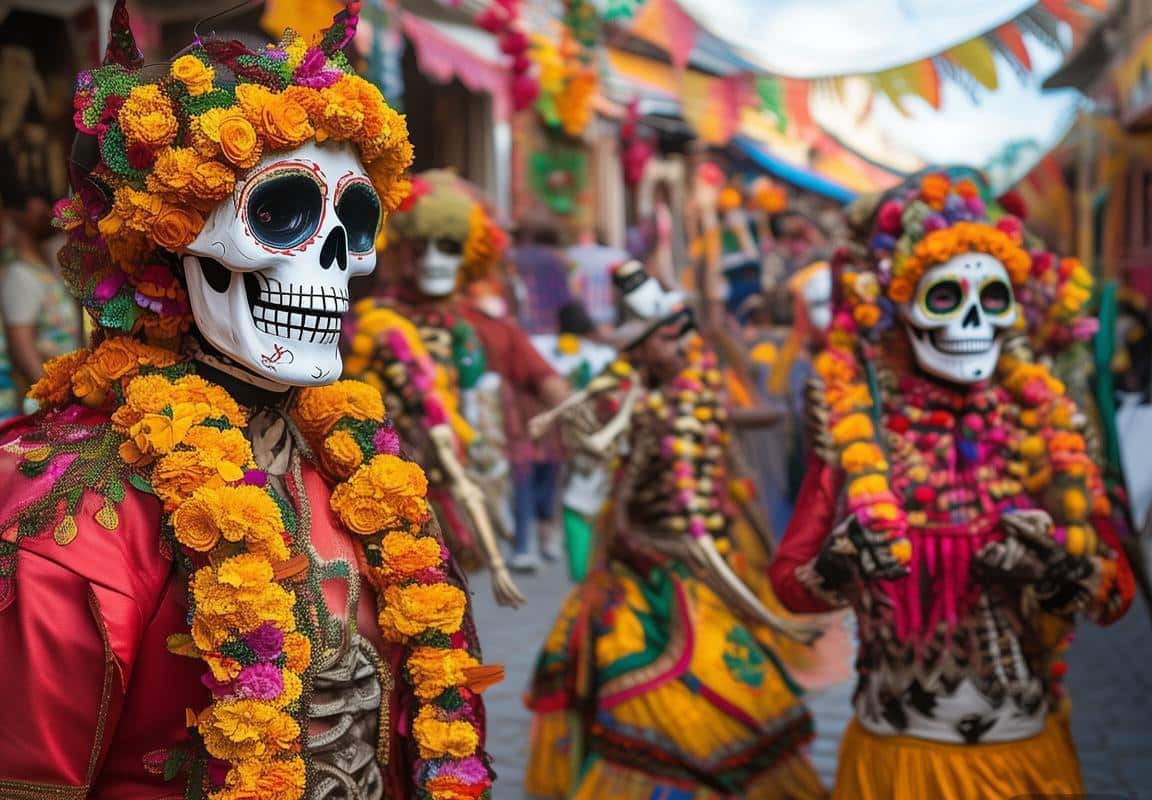
Background Overview of Mexico’s Day of the Dead
The Day of the dead, also referred to as the Day of the lifeless, is considered one of Mexico’s maximum critical conventional gala’s, celebrated on November 1st and second each yr. This holiday originates from the historical Aztec’s demise rituals and has been blended with non secular customs from the Spanish colonial duration, forming a completely unique cultural tradition.
The celebration is marked by means of the notion that the lifeless go back to the arena to reunite with their cherished ones on this day. here are some key points about the Day of the lifeless:
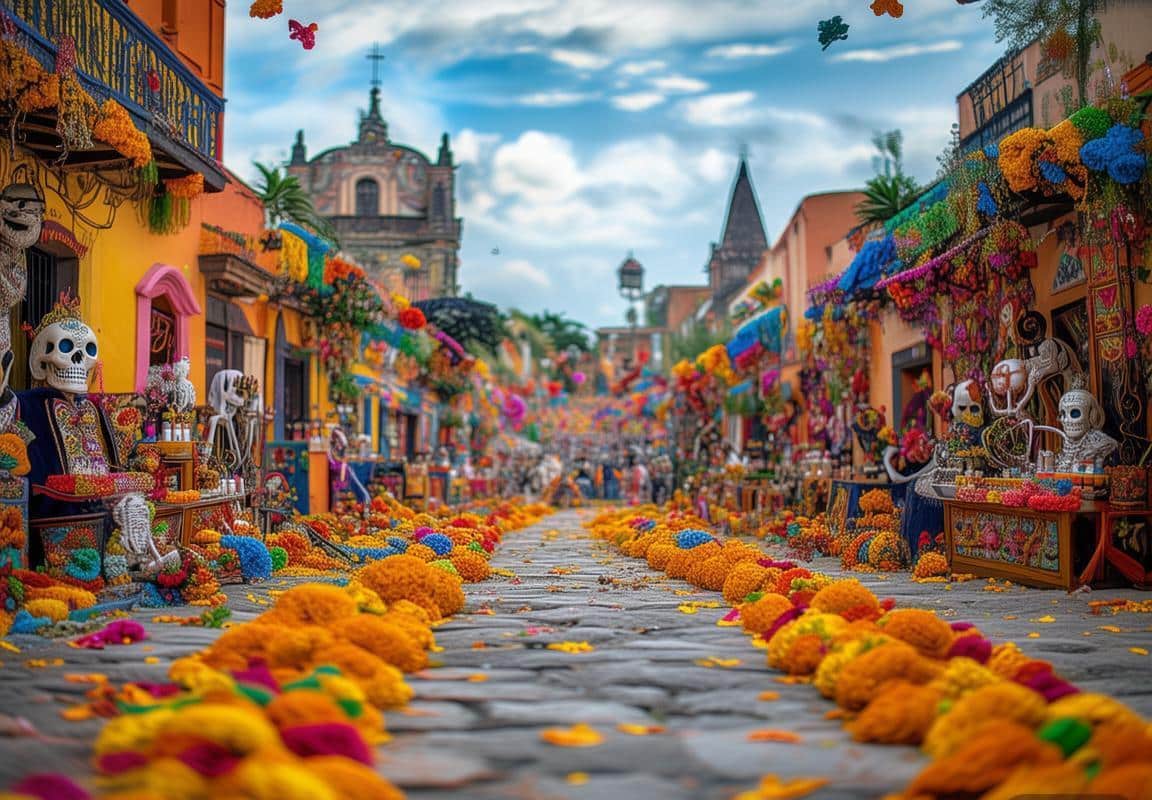
- Celebrations: encompass circle of relatives gatherings, cleansing tombstones, redecorating graves, and making sugar skulls.
- traditional meals: such as tortillas, tamale, and especially made “Pan de Muerto” (Day of the dead bread).
- Symbolism: The Day of the useless skull (Calaveras) and sugar skulls (goodies) are important symbols of the holiday.
As quoted by means of the Mexican creator Juan Rulfo, “on this vacation, we commemorate now not dying, however lifestyles.”
| pastime kind | designated content |
|---|---|
| circle of relatives accumulating | families gather around, sharing meals and memories, to keep in mind deceased cherished ones collectively. |
| Tombstone ornament | decorating graves with flowers, sugar skulls, paper garlands, and expressing admire for the deceased. |
| Sugar cranium Making | developing numerous uniquely shaped sugar skulls as items or decorations for the vacation. |
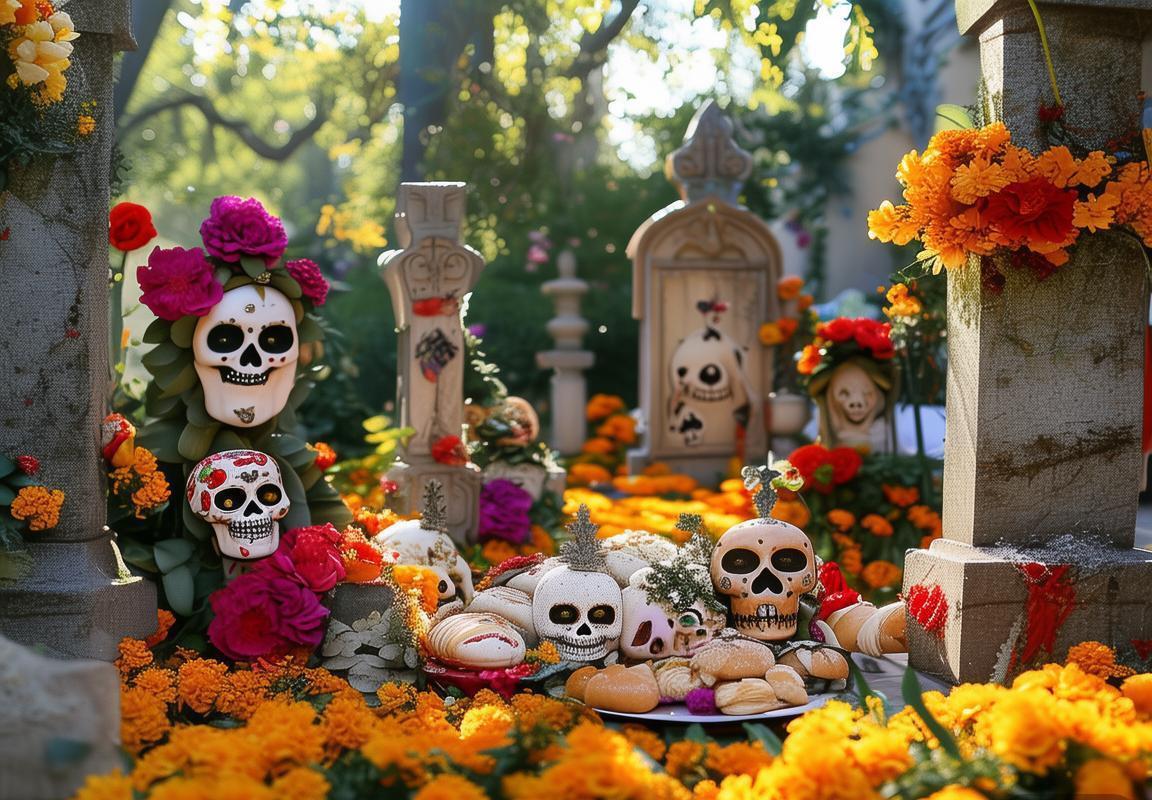
often asked Questions:Q: what’s the difference among the Day of the useless and Halloween?A: The Day of the lifeless focuses extra at the remembrance of deceased household and admire for existence, whilst Halloween is more oriented closer to entertainment and a subject of horror.
The cultural connotations of Los Muertos
The Day of the useless, additionally known as “Los Muertos,” is one of Mexico’s maximum vital traditional fairs, wealthy in cultural importance and wearing the reverence for ancestors and the birthday celebration of life. under is a quick description of its cultural:
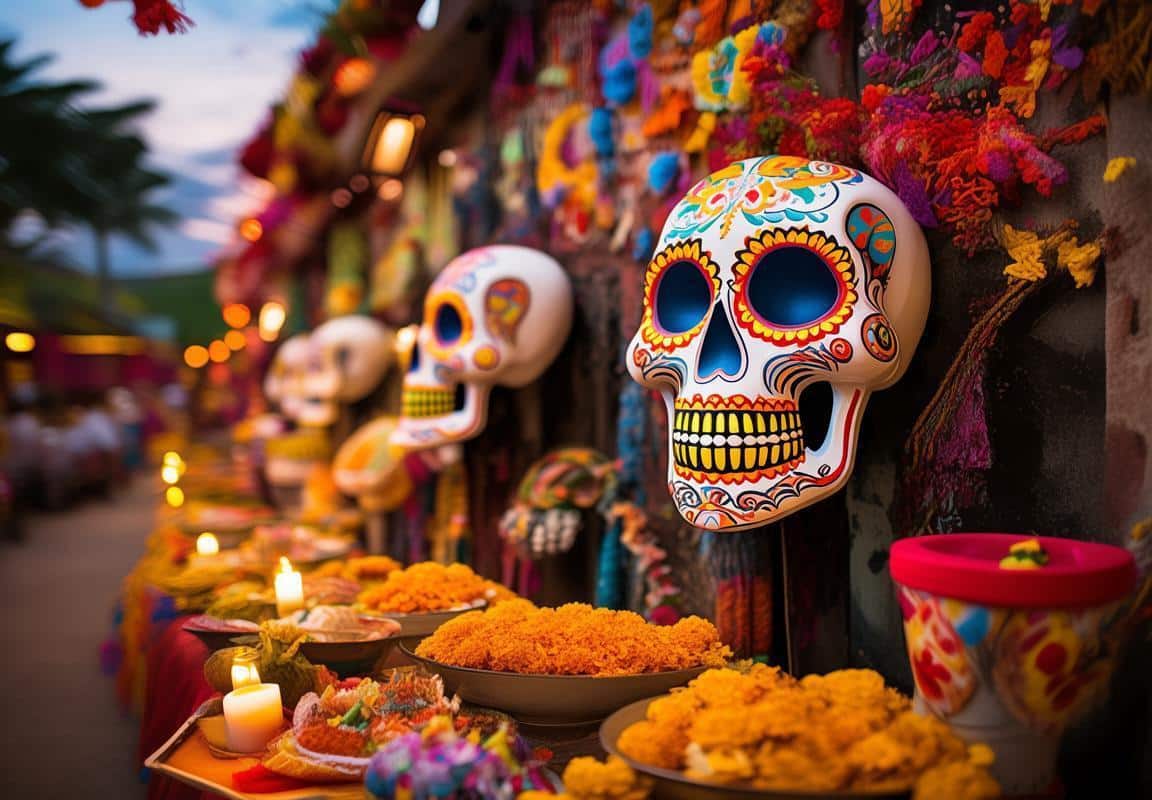
- Veneration of Ancestors: Los Muertos emphasizes the remembrance of deceased relatives, with humans expressing their through circle of relatives gatherings, making sugar skulls and Day of the dead cookies, amongst other ways.
- Symbolism of colours: the colours typically used inside the festival, together with yellow, white, and crimson, represent the solar, death, and lifestyles, reflecting the respect for the cycle of lifestyles and demise.
- creative Expression: Sugar skulls and painted skulls are not unusual art bureaucracy for the duration of the pageant, reflecting the Mexican people’s inventive technique to demise.
- competition Customs: these encompass decorating graves, making paper vegetation, and conserving fireworks shows, all of that are imbued with respect and benefits for the spirits.
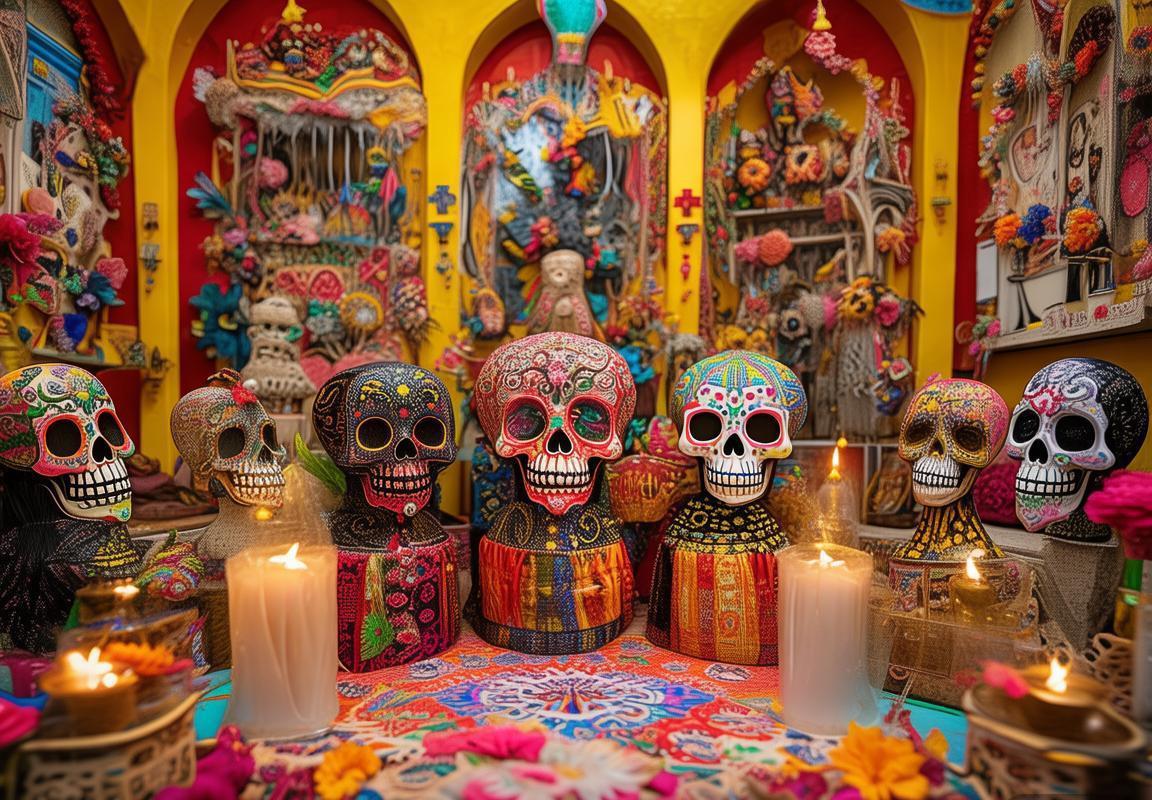
list:- family Gatherings- Sugar cranium Making- Day of the dead Cookies- Grave decoration
Key factors:- Remembering Ancestors- Symbolism of the Cycle of lifestyles and demise in hues- inventive remedy of demise- various birthday party activities
common Questions and answers:Q: what’s the main purpose of the Day of the lifeless?A: the principle cause is to commemorate ancestors and explicit appreciate and remembrance for them.
Holiday Celebration Event List
- Making sugar skulls
- adorning Halloween desserts
- Baking corn tortillas
- Crafting “Day of the dead” bread
- website hosting a sugar skull dance birthday celebration
- Honoring ancestors with pix
- Flying colourful kites
- travelling cemeteries
- circle of relatives gatherings to commemorate
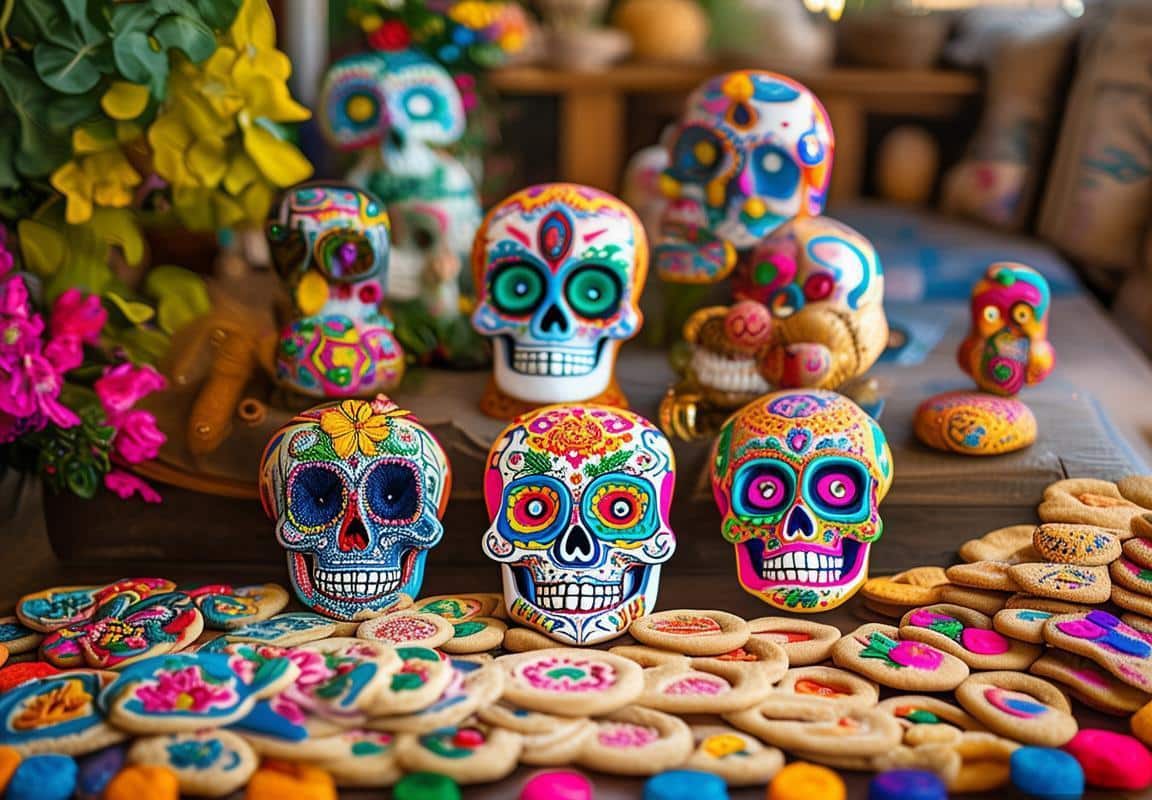
Los Muertos traditional customs and symbolism
- list: at some point of the Day of the lifeless, family members set up altars at home,、, deceased relatives to experience.
- table: | custom | Symbolic which means || — | — || Burning paper money | Represents wealth and cloth goods, imparting necessities for the deceased inside the afterlife || Making sugar skulls | Symbolizes the continuity of existence, and sugar skulls are an indispensable ornament for the competition || wearing skeleton costumes | Expresses popularity of loss of life and the celebration of existence’s festivities |
- quotation: “In Mexico, we rejoice the Day of the dead, now not in mourning for loss of life, however in birthday party of the of lifestyles.” — Carlos Fuentes
- Key points: for the duration of the Day of the lifeless, human beings accept as true with that the spirits of the deceased go back domestic to reunite with the living.
- regularly requested Questions: Q: Why do Mexicans celebrate the Day of the dead? A: The Day of the useless is an essential holiday in Mexican tradition, commemorating ancestors and expressing respect for life.
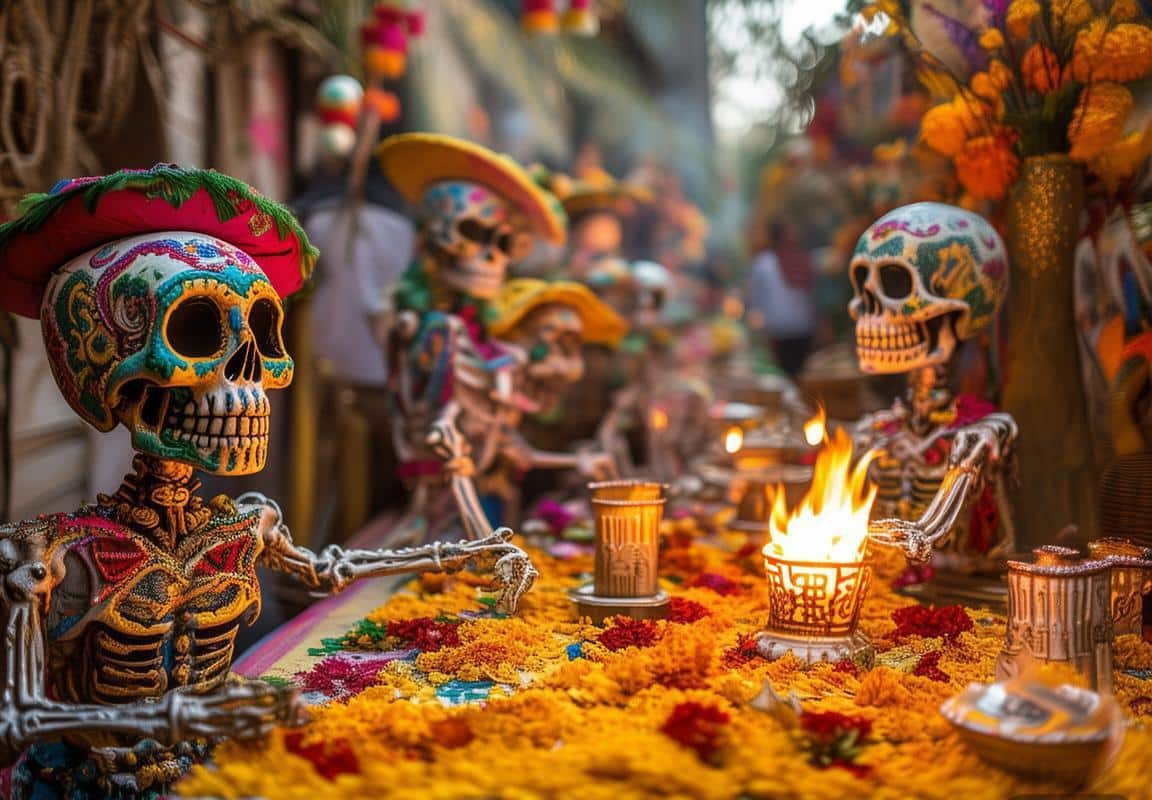
Holiday food and artistic works quotation
- listing: traditional festival ingredients consist of tortillas, sugar skulls, Day of the dead bread, and chocolate candies.
- table: pageant meals desk| food name | shape | Symbolic which means ||———–|——|——————|| Tortillas | round | Cycle of lifestyles || Sugar Skulls | cranium-fashioned | popularity of dying || Day of the lifeless Bread | Bone-shaped | Memorializing Ancestors || Chocolate sweets | coloured | children’s pleasure |
- citation: Mexican author Octavio Paz as soon as said, “The Day of the lifeless is a party of demise and additionally a reward of existence.”
- points: artworks for the Day of the dead often feature skulls, flora, and colorful decorations, along with sugar cranium sculptures and paper flora.
- regularly asked Questions:
- Q: Why do human beings eat sugar skulls during the Day of the dead?A: Sugar skulls are a pageant symbol, symbolizing the concord between loss of life and life.
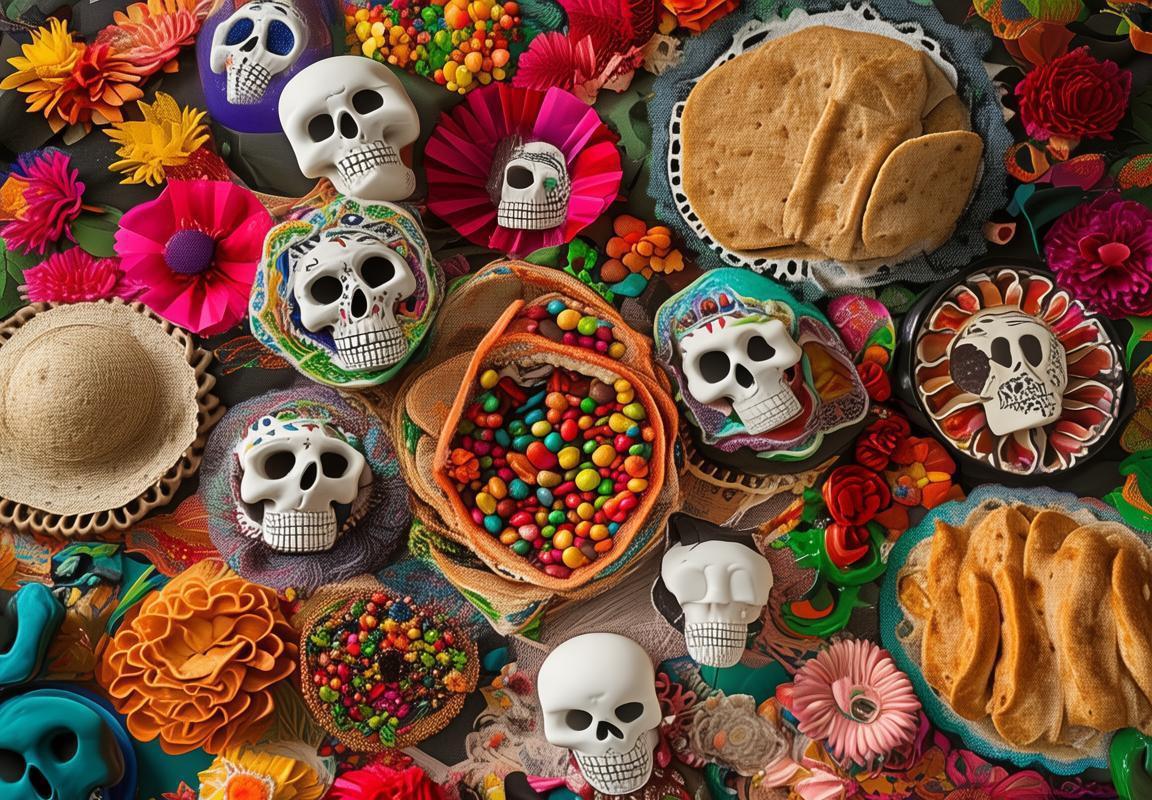
Global Perspective on the Impact of Los Muertos
- list: conventional ingredients of Mexico’s Day of the lifeless encompass corn cake, candied fruit skewers, sugar skulls, and “loss of life Chocolate.”
- desk: the following is a desk of common decorations and their symbolic meanings at some stage in the Day of the lifeless.
| ornament | Symbolic meaning |
|---|---|
| pink plants | Love and lifestyles |
| Skulls and skeleton masks | popularity and birthday celebration of death |
| Candles | Guiding the spirits lower back |
- citation: “In Mexico, the Day of the useless is not just a festival; it’s miles a profound reflection on lifestyles and loss of life.” — Octavio Paz, Mexican writer
- points: The party of the Day of the dead has spread globally, specifically in Latin the united states and Spanish-talking countries, becoming a symbol of cultural integration.
- frequently requested Questions:
- Q: what’s the starting place of the Day of the dead?A: It originated from the Aztec’s Day of the useless, later blending with spiritual factors of the Spanish colonial duration.
- Q: What are a few unique customs of the Day of the lifeless?A: humans make sugar skulls and bread in the shape of skeletons, providing flora and food to the deceased.
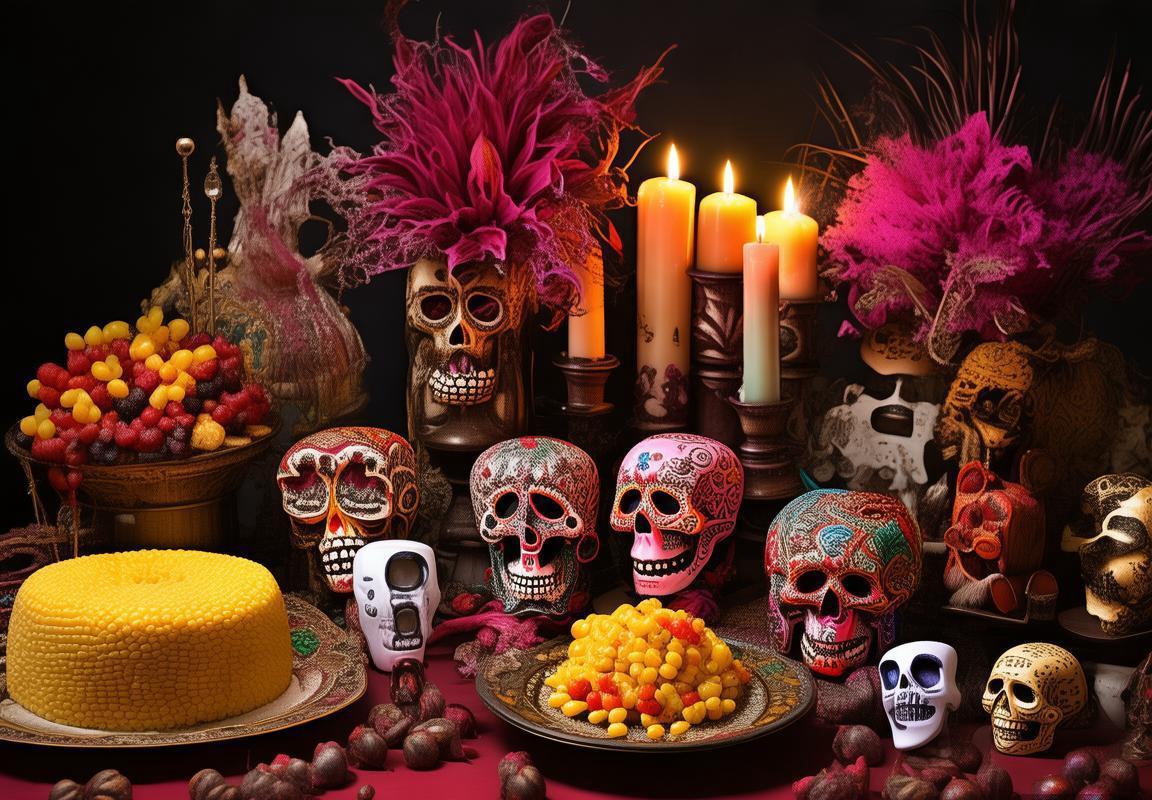
Common FAQs and Interactive Sessions
- list: throughout the Day of the lifeless, families make conventional meals which include sugar skulls, corn cakes, and chocolate cakes.
- desk: | food | starting place | Symbolic that means || — | — | — || Sugar Skulls | sweet making | represent remembrance of the deceased and laughter || Corn desserts | Corn | symbolize the cycle of existence and abundance || Chocolate Cake | Chocolate | related to love and demise, representing longing for loved ones |
- quotation: “The Day of the lifeless is not just about mourning; it’s also a manner to celebrate lifestyles.” – Octavio Paz, Mexican writer
- points: The Day of the useless foods are various, each dish wearing its specific cultural significance.
- regularly asked Questions:
- Q: Why are sugar skulls made throughout the Day of the useless?A: Sugar skulls are conventional symbols that signify remembrance of the deceased and birthday party of life.
- Q: what is unique approximately the meals eaten at some point of the Day of the lifeless?**A: The meals frequently makes use of neighborhood elements like corn and cocoa, wealthy in cultural that means.












